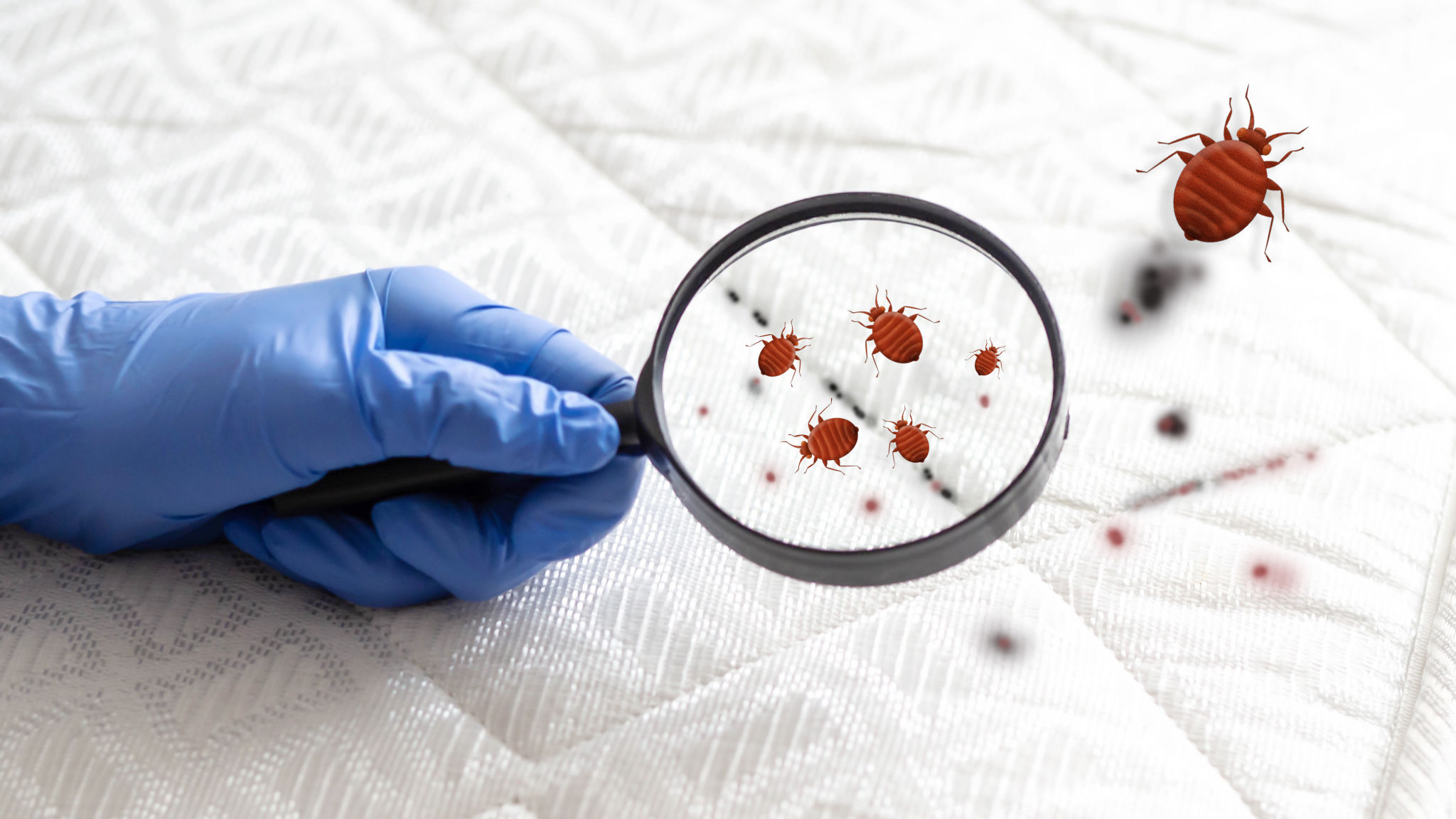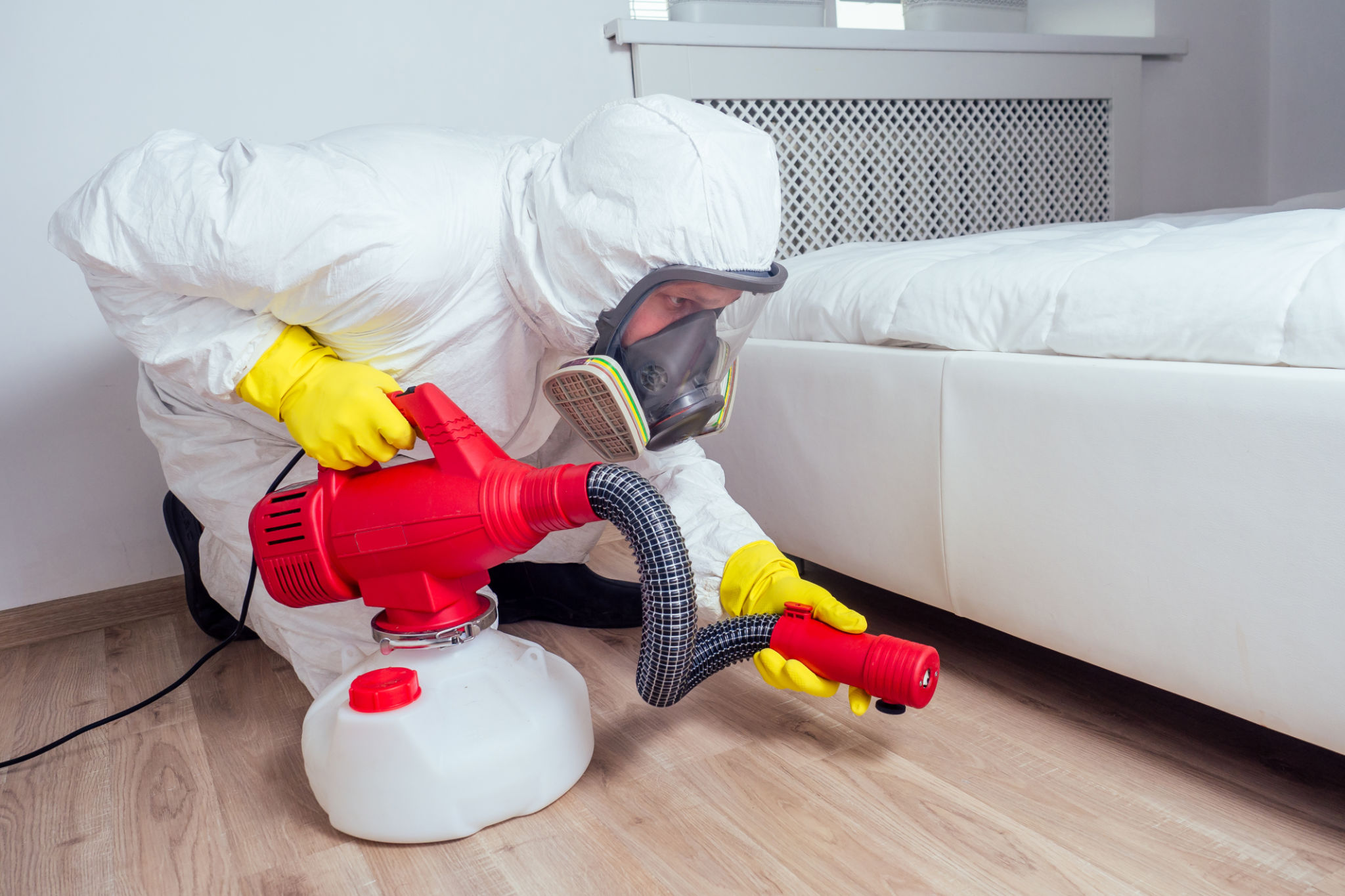DIY Tips for Identifying Bed Bug Infestations Early
Understanding Bed Bug Infestations
Bed bugs are notorious for being difficult to detect until an infestation is well underway. These small, elusive pests can hide in the tiniest crevices and are primarily active at night, making them hard to spot. Early identification of a bed bug problem can save you a lot of time, stress, and money. In this guide, we’ll explore some DIY tips for identifying bed bug infestations early.
Recognizing the Signs of Bed Bugs
One of the first steps in identifying a bed bug infestation is knowing what signs to look for. Bed bugs are experts at hiding, but they leave behind telltale signs that can clue you into their presence. Here are some common indicators:
- Red, itchy bites: Bed bug bites often appear in clusters or lines on exposed skin.
- Rusty or dark spots: These can be bed bug excrement and may be found on sheets, mattresses, or walls.
- Musty odor: A strong, unpleasant smell can indicate a large infestation.

Conducting a Thorough Inspection
Once you suspect bed bugs, conducting a thorough inspection is crucial. You’ll need to systematically check all potential hiding places. Bed bugs are usually found near sleeping areas but can spread to other rooms if the infestation is severe.
Inspect the following areas:
- Mattresses and Box Springs: Check seams, tags, and any other crevices.
- Headboards and Bed Frames: Bed bugs can hide in joints and screw holes.
- Furniture: Look into cushions, seams, and under furniture.
- Baseboards and Carpets: These can be prime hiding spots due to gaps and edges.

Using DIY Detection Tools
DIY detection tools can be effective in identifying bed bug infestations early. Consider using interceptors or bed bug detectors to monitor for activity. Interceptors are placed under bed legs and trap bed bugs as they move around. These can help you gauge the severity of an infestation.
You can also use a flashlight and magnifying glass to aid your inspection efforts. Shine the light into dark spaces to catch any movement or signs of bed bugs. Remember, persistence is key when it comes to finding these stealthy pests.
Preventing Future Infestations
Prevention is just as important as detection. Once you’ve identified and dealt with an infestation, take steps to prevent future occurrences. This includes regularly washing and drying bedding on high heat, using protective mattress encasements, and keeping your living space clutter-free to reduce hiding spots.

By following these DIY tips, you can identify a bed bug infestation early and take action before it becomes a major problem. Remember that while DIY methods can be effective for detection and prevention, severe infestations may require professional treatment to eradicate completely. Stay vigilant and proactive to keep your living space bed bug-free.